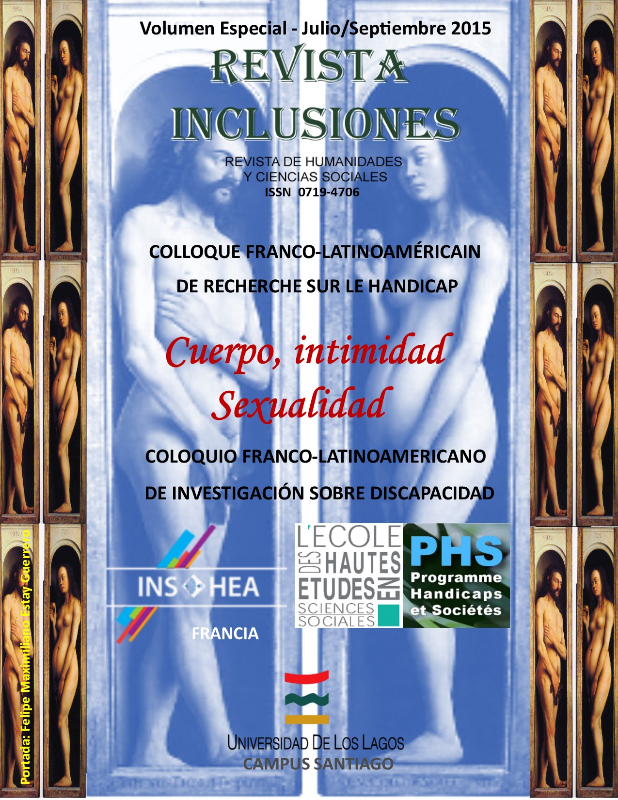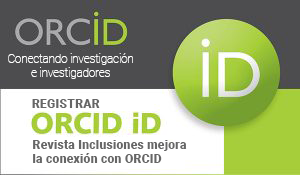THE BODY OF DEAF PEOPLE IN FRENCH SOCIETY OF THE TWENTIETH CENTURY
Abstract
The story of deaf people and of the language of signs in twentieth century in France is closely linked to the evolution of French society, and noticeably of its joining to the idea of improvement like it is conceptualized in twentieth century and like we can find modified after 1945. After the congress of Milan in 1880, the French government decides to reform the education of deaf people and to outlaw the language of signs of educational institutions. From here on out, deaf people are educated with the oral and <> method. That is to say, they are instructed in the word by the word. All learning are dispensed by the word and every use of the language of signs is forbidden, mainly in the classrooms, but in the same way- in theory- in tribunal, corridors, and bedroom communities. Since, , the bodies of deafs are subjected to punitive and coercive behaviors on behalf of doctors and teachers to the purpose of making them to gain acces to oral French against their choice. However, the language of signs continue existing and find its development in other fields, as sport, where deafs become adults discussing freely. It is thanks to this secret survival of language of signs, that deafs are in measure of becoming independent during the seventies and reclaim the same conditions with listeners by a use without a duty of their natural language. Nowadays, deaf people have a better social approval of their natural condition and the persistence of a medical vision which corrects deafness, deaf people find themselves in an unstable situation that takes the mark of its story
Published
How to Cite
Issue
Section
Los autores retienen los derechos de autor y otorgan a Revista Inclusiones el derecho de publicación bajo Creative Commons Attribution 4.0 International (CC BY 4.0). Esto permite el uso, distribución y reproducción en cualquier medio, siempre que se otorgue la debida atribución al autor.











